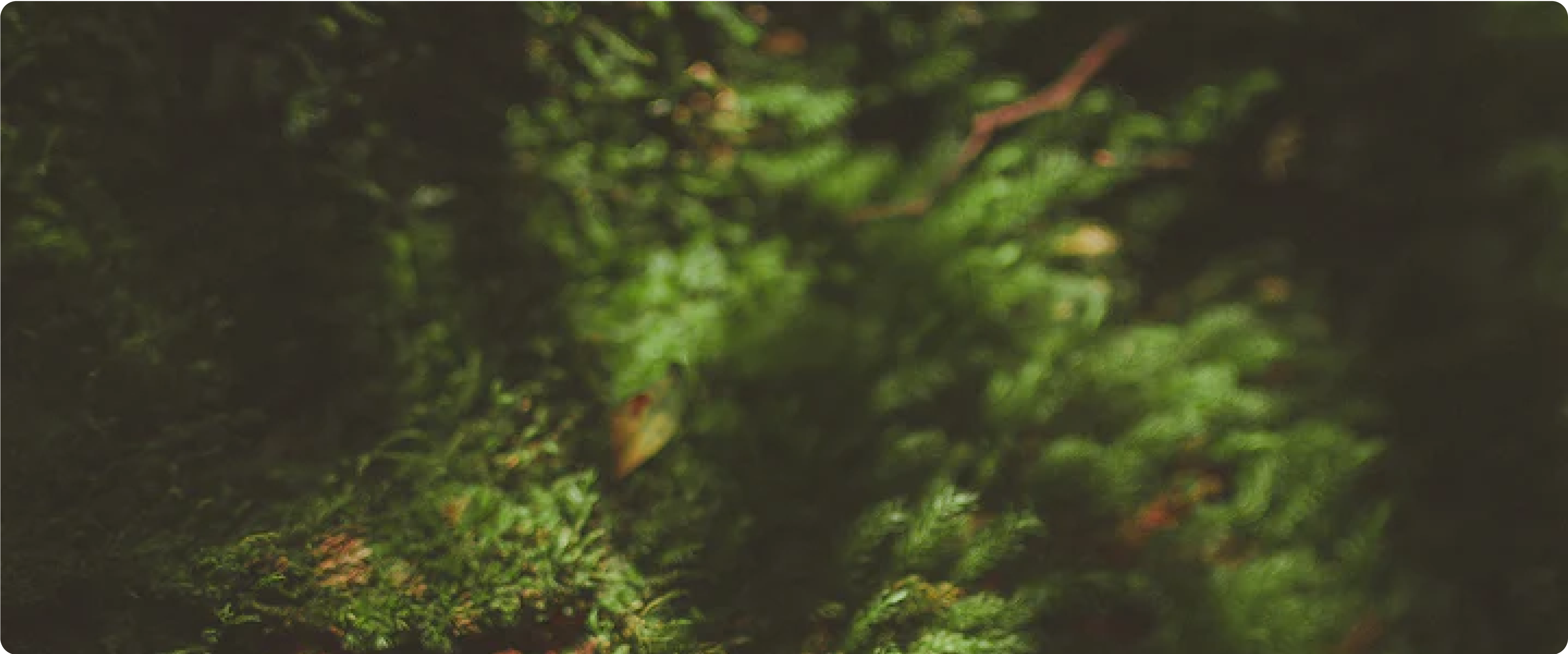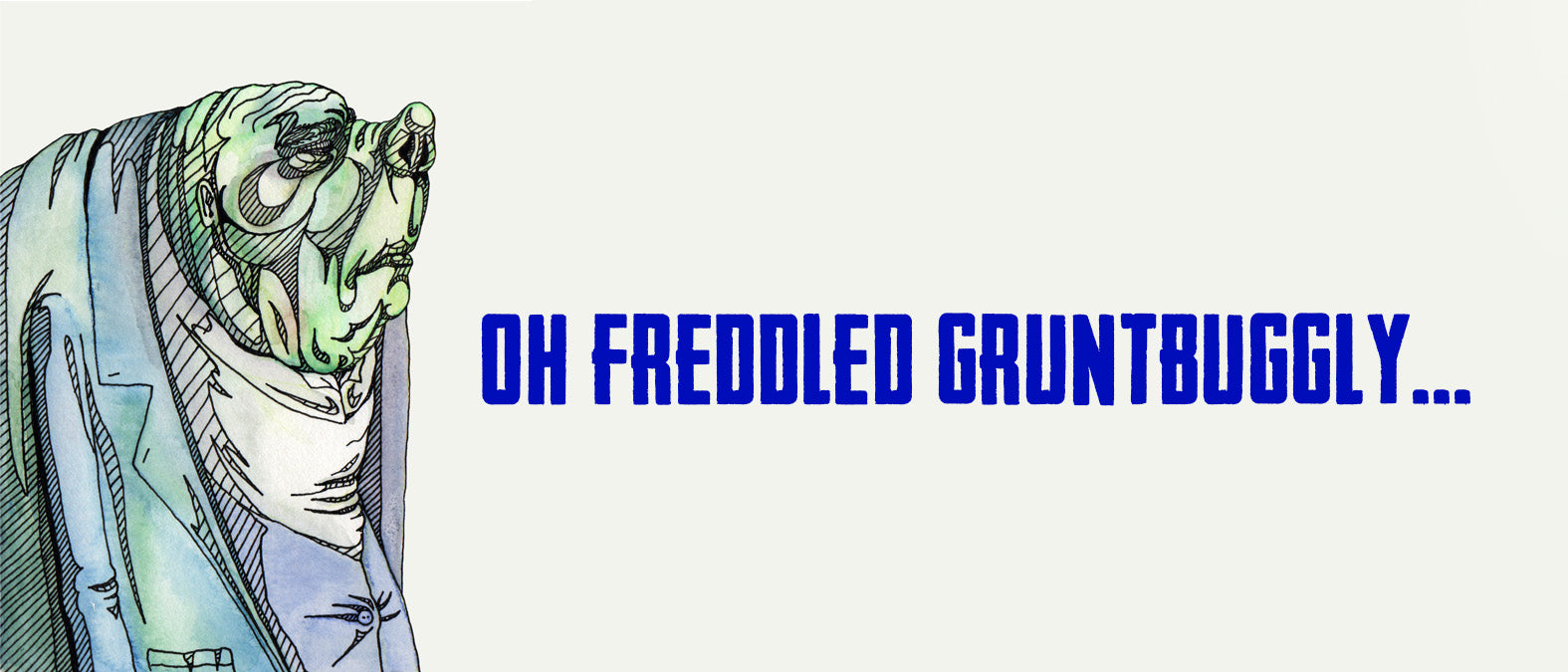Of the many lost bases in perfumery, there are probably none quite so famous as the legendary Mousse de Saxe ("Saxon Moss"), a creation of the pioneering chemical firm Fabriques de Laire. Founded and operated by the de Laire family until its bankruptcy in 1957, the firm developed a variety of materials now in ubiquitous use in perfumery and was among the first to mass-produce synthetic vanillin for the fragrance and flavor markets. They were also famed for their creation of new and unusual fragrance bases as part of their attempts to showcase some of their more interesting creations, and Mousse de Saxe was created as a marketing tool for the bitter-green leather material 6-isobutyl quinoline (slightly different from the now much more common 2-isobutyl quinoline that we commonly smell in leather fragrances today).
MdS proved to be a massive commercial success, and formed the basis of many of perfumery's most storied masterpieces, especially those produced by Ernest Daltroff of the House of Caron, who had a special fondness for the stuff. Many of his greatest works, from Nuit de Noel and Pour un Homme de Caron to Narcisse Noir and Tabac Blond, featured Mousse de Saxe in quantity, and perfume luminary Guy Robert admitted to having used it in a considerable number of his own works as well. In the Golden Age of Perfumery, which spanned from 1905 or so to the late 50s, Mousse de Saxe was everywhere, used in myriad and fascinating ways by some of perfumery's most gifted artists.

But then came 1957, when de Laire collapsed and the formula for Mousse de Saxe was thought lost. In truth, it happened that it was purchased at auction by the German firm Haarmann & Reimer, a competitor of de Laire and now part of the fragrance multinational Symrise. For whatever reason, H&R kept the formula to themselves and opted not to produce it commercially. It languished there until H&R merged with rival German firm Dragoco to form Symrise, who, the story goes, opted to discard the de Laire assets in their vaults, heaving the entire lot into a dumpster. The materials were discovered by now ex-Symrise perfumer Kevin Verspoor, who is now manufacturing it as an exclusive item for Perfumer Supply House according to its original formula.
But it turns out that Kevin is not the only one making a version of Mousse de Saxe. I have one too.
Back in the early days of Barrister and Mann, around the time that Symrise had decided to produce small quantities of MdS for their archives, I had the good fortune to come by a sample of the genuine article by way of a friend of mine in the perfume world. He sent me a tiny vial, no more than a milliliter or so, and very likely forgot about the whole thing. But I was determined to see if I could create my own version, and chanced upon a now-famous article on the PerfumeShrine blog that details some of the history of this most famous of materials. Through what I assume to be a mis-translation, or perhaps even a typo (it happens to the best of us), the article includes iodine among the list of notes present in the original base. Though I knew admittedly much less about perfume formulation and composition then than I do now, I recognized even at that point that adding iodine to a perfume base would almost completely annihilate it. Iodine is not friendly stuff.
So I wracked my brain for a way to work around this unusual feature. How was I to create a note for a material that was so inimical to the stability of basically every other fragrance material in existence? Then it hit me: You know what natural material smells like iodine? Seaweed. Seaweed smells of iodine.
Lo and behold, one of our suppliers, the naturals dealer Eden Botanicals, has featured seaweed absolute in their product catalog for many years, and is more than happy to provide the material in quantities of an ounce or more (for the right price). It's extraordinarily powerful, even as absolutes go, and I quickly learned to use an extremely light touch when trying to rebuild the design. I spent several weeks tinkering with it until I had something that, even though it didn't really smell like the sample of the real thing, smelled quite interesting and produced the effect that I wanted. I initially used my design to produce an homage to Pour un Homme de Caron, Lavanille, to this day one of our most famous and unconventional fragrances.
Seaweed absolute is a thick, black-green, semisolid goop.
I'll be honest: I've always felt that I could do more with my strange, oblique variation on the legend of Mousse de Saxe. But it has taken me several years to figure out exactly how to go about it, what precisely to do with it. And that has led me to Lavender, Interrupted.
I've been talking about this fragrance for years, dropping hints about my work on it, but I did not actually begin composition work until mid-2022. The previous five years were spent rolling the idea around in my mind, working it through to figure out how I wanted to construct such a thing, what styles and themes I wanted to weave into the whole. Eventually, I decided that the best way to showcase my version in perfumery form was to dress it waaaaaaaaaaay up, to not so much reformulate or redesign it as upgrade its base materials to the fullest extent possible.
Where I had used a synthetic rose base to play against the vanillin in the production version, I have now opted for the very finest Turkish rose absolute that I have ever smelled. Where I had originally chosen to incorporate the synthetic-amber-molecule-cum-ambergris-replacement Ambroxan® (which I admittedly loathe in all but the most minute quantities, as here), I have instead now moved to the gloriously rich tonquin musk re-creation Muscarome J5, a staggeringly beautiful creation of the venerable French chemical firm Synarome. And, most notably of all, where the production version is nearly 50% oakmoss absolute, I have now removed some of the richly green material in favor of hay absolute of the most unbelievable quality, almost literally the scent of the sun-warmed fields of grass that you can find around my home in late August. This redrawing of the geometry has made my version of MdS softer and more rounded, less inky and more comforting, like the soil beneath your feet on a Summer's evening.

Because of the manner in which I tend to compose perfumes, where each accord is constructed as a block and the entire perfume then created as a composite of these pieces, I have been able to set this new Mousse de Saxe against the finished lavender accord that I have been refining and polishing for the past several months. The result is already something that I love, a beautiful study in contrasts between the floral and the bitter, the austerely indigo and the comfortingly earthy. I'm very much looking forward to seeing where the composition takes me.
Cedar is next. I will keep you updated.




Comments
Will, when I saw that you were making Lavender, Interrupted I punched the air in delight. I really cannot wait for this. And after reading this post, the suspense is even more, I have a feeling it could be your crowning glory (so far). You may recall you made me a balm years ago that was a Vetiver/Lavender creation. It remains, for me, one of the nicest scents with Lavender I have smelled. I think that this will top it.
Cedar, you say?
It’s my favorite scent.
I’m not much for lavender, but Mouse de Saxe sounds interesting.
Thanks for the great article.